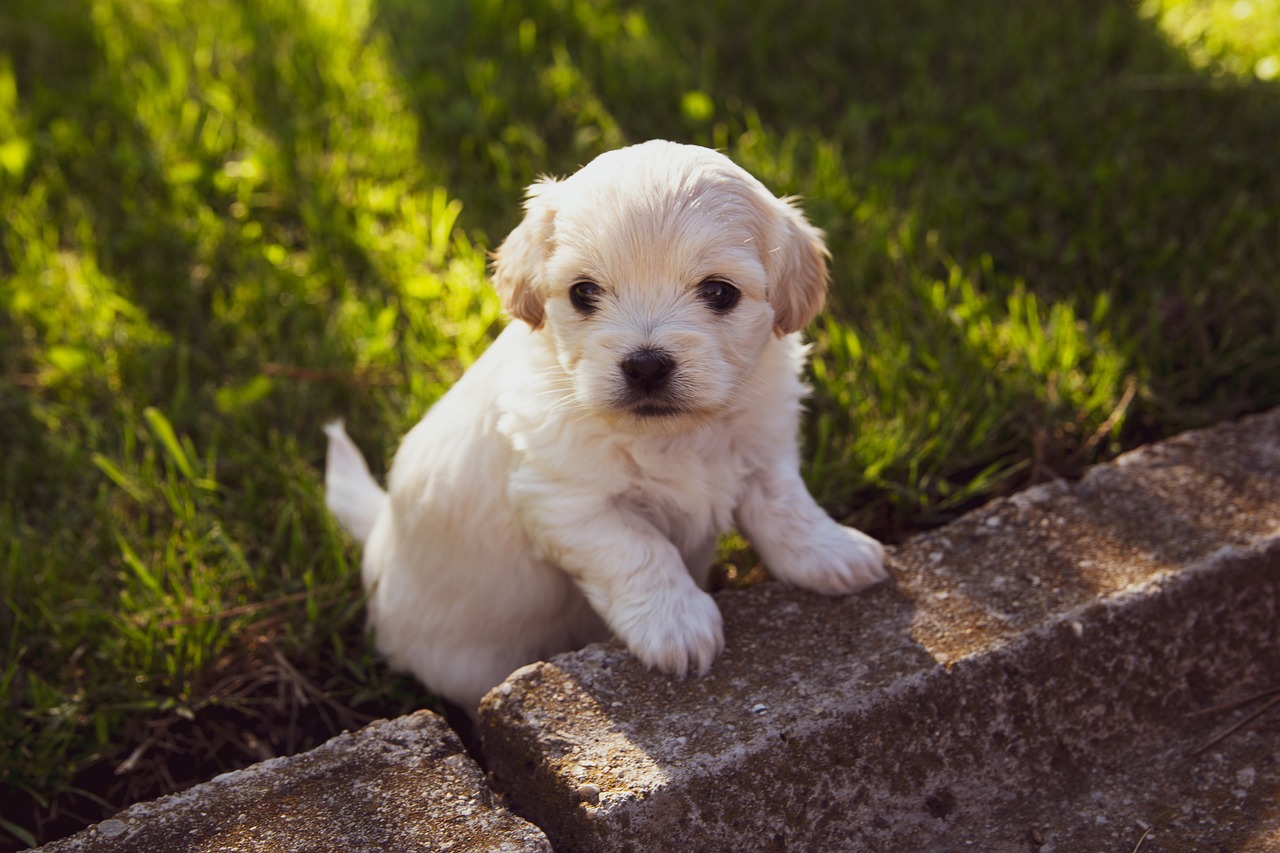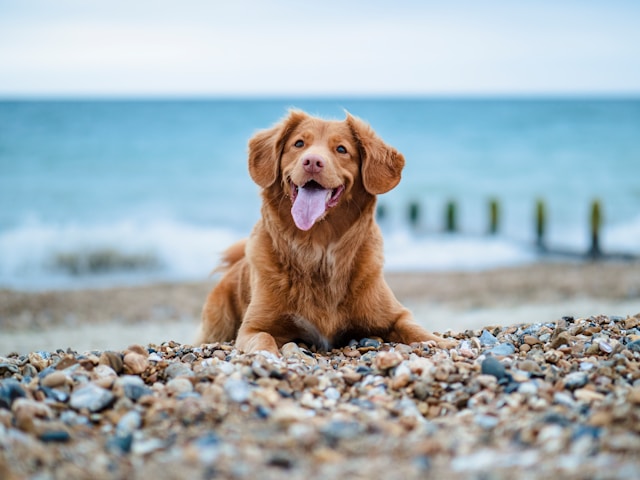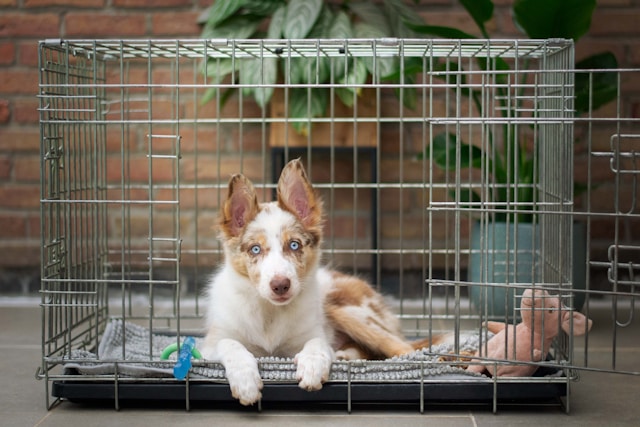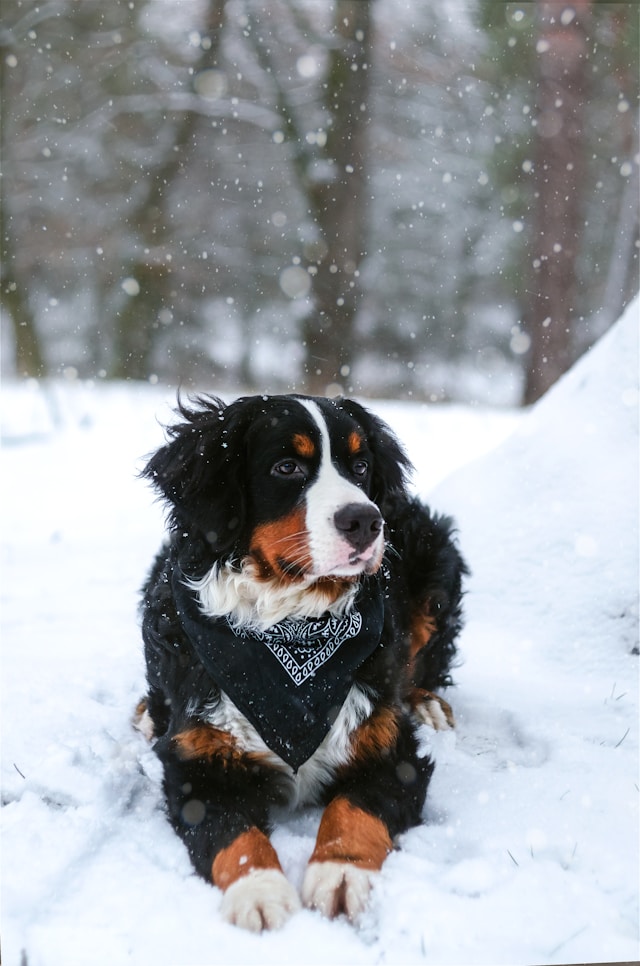Ensuring Pet Car Safety
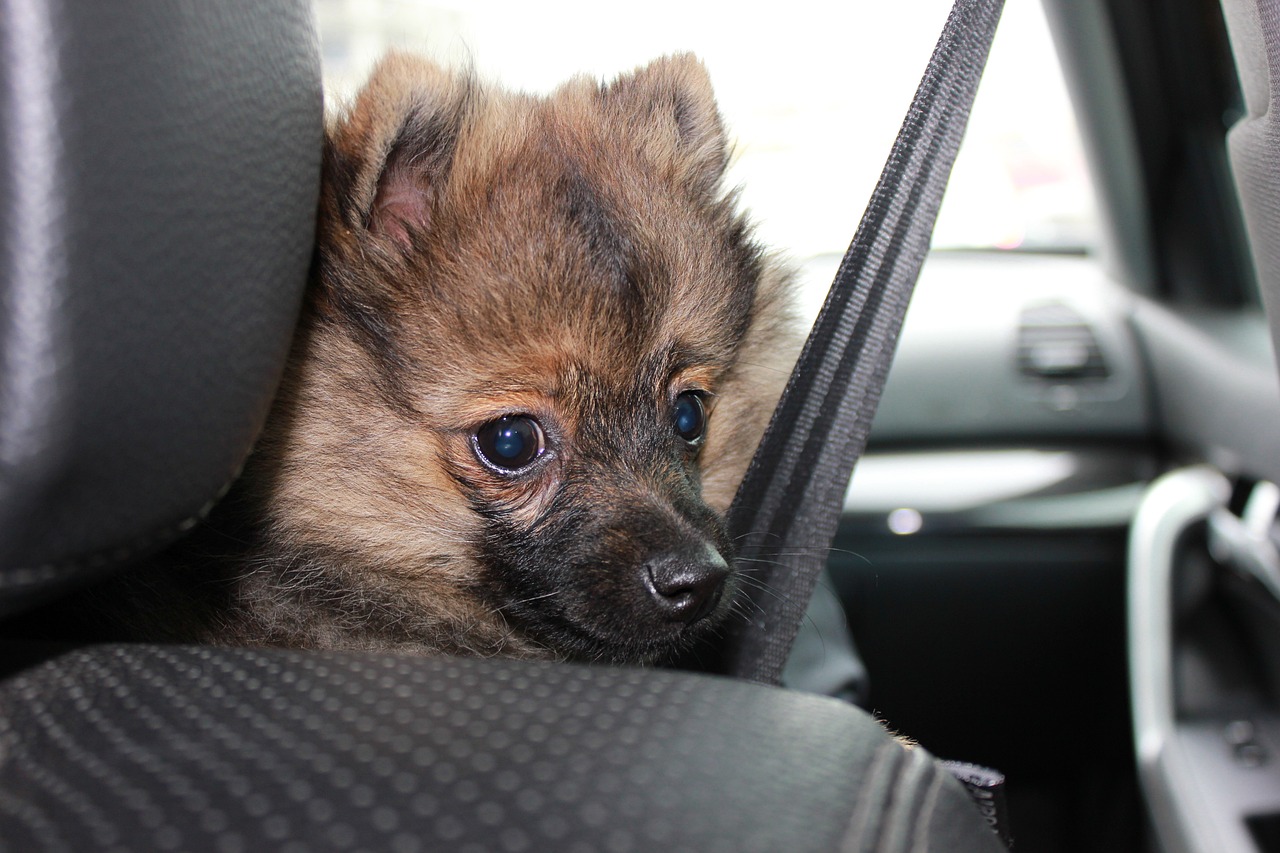
With the rising number of people traveling with pets and a growing incidence of pet-related injuries in vehicle accidents, several states have introduced legislation requiring pet owners to restrain their dogs when traveling by car. New testing has been conducted on dog safety restraints to address this concern.
Revelation of Safety Risks
The Center for Pet Safety (CPS), a nonprofit research and advocacy organization founded by Lindsey Wolko, embarked on a mission to evaluate the effectiveness of pet safety harnesses. Wolko's motivation stemmed from a personal experience when her dog was severely injured in a car accident due to a failed safety harness. The CPS collaborated with MGA Research, a globally recognized testing firm, to stage a simulated 30 mph vehicular collision using a 55-pound crash test dummy dog and 29 dog harnesses available in the market. Shockingly, 25 out of the 29 tested products failed the safety evaluation.
Wolko emphasized, "Claiming that these products prevent your pet from becoming a projectile in an accident can be a potentially misleading statement. In our preliminary study, the tested harnesses failed to prevent the dog from becoming a projectile in a standardized crash simulation."
The four top-performing dog car harnesses identified through rigorous testing were:
-
Sleepypod Clickit Utility
-
Gunner Kennel G1 Intermediate with Strength-Rated Anchor Straps
-
Sleepypod Mobile Pet Bed with PPRS Handilock
-
PetEgo Jet Set Forma Frame Carrier with ISOFIX-Latch Connection
"As millions of dogs travel with their families each year, the use of pet travel safety restraints has reached an all-time high," Wolko observed. "Safety advocates, travel associations, and even law enforcement agencies now recommend or mandate the use of pet safety restraints."
It's worth noting that pet products do not fall under the Consumer Products Safety Commission's jurisdiction, leaving them largely unregulated. Without established standards for pet car restraints, there's no objective measure of their effectiveness.
One clear benefit of restraining pets during car trips, as Wolko and others agree, is the reduction of distracted driving incidents.
In response to this concern, the New Jersey Motor Vehicle Commission took action on May 30, 2012, allowing NJSPCA officers to pull over drivers they believe are improperly transporting animals. Violators may face fines ranging from $250 to $1,000 for each offense and potential animal cruelty charges under state laws.
Subaru Funds New Testing
In March 2013, Subaru partnered with CPS to finance further pet car safety restraints testing. Their objective is to establish testing standards for restraints and recognize top-performing products.
"We are delighted to have Subaru's support, as their commitment to pets aligns with ours," Wolko commented. "We have received inquiries from manufacturers worldwide seeking guidance on developing safer harnesses. Through this partnership, we can conduct additional tests to help establish appropriate standards, offer valuable insights to manufacturers, and identify the best-performing restraints."
In October 2013, the results of Subaru-funded testing were released. Seven harnesses underwent testing using 75-pound, 45-pound, and 25-pound dummy dogs. Only one harness consistently protected all three dummy dogs during a 30 mph crash: the Sleepypod Clickit Utility Harness.
Subaru, a car manufacturer targeting pet owners, plans to feature the winning safety harness in a newsletter sent to 5 million subscribers and make it available for purchase in their gear catalog. Michael McHale, director of communications for Subaru, affirmed their commitment to pet safety.
Additional Car Safety Tips for Dogs and Cats
A pet left unrestrained in a vehicle can become a projectile during an accident, risking severe injury or even death. When traveling with pets in a car, using a crash-tested carrier, crate, or harness can provide essential protection for them and for you in case of an accident.
What is the safest method for dogs and cats to travel in a car?
The safest way for a dog to travel in a car is in the back seat or cargo area, secured with a crash-tested harness, carrier, or crate. Numerous products claim to keep dogs safe in cars, but options like dog seat belts, tethers, and zip lines are not the most effective as they fail to securely fasten your pet in place, potentially leading to more harm during a crash.
According to a CNN news report, even at a speed of just 30 miles per hour, an unrestrained 10-pound dog can endanger other passengers and sustain severe injuries in a vehicle collision. The principles of cat car travel safety are similar to those for dogs. Cats should be able to stand, turn around, and lie down comfortably in their carrier or crate. The carrier should be positioned as close to the vehicle's center as possible and firmly secured.
Check crash test ratings for pet safety in cars:
When choosing a product to safeguard your pet during car travel, consult The Center for Pet Safety. This non-profit organization has conducted independent crash testing on various carriers, crates, and harnesses since 2011. Products that pass their certification testing receive the designation "Elite Performing Products." Many harnesses, carriers, and crates have earned CPS certification through their rigorous testing.
Use carriers and crates:
Carriers and crates should be spacious enough for your dog or cat to comfortably stand, turn around, and lie. Ideally, place them as close to the car's center as possible. They should be attached to the car's seat belt or another secure restraint system when located on the rear passenger seat. In the cargo area, it's advisable to tie down the crate or securely fasten it in place. A rubberized cargo mat or liner can protect your vehicle from messes.
For larger dogs, crates are the preferred option. Crates are constructed from durable materials like plastic or metal, providing enhanced safety for your pet, although they may require more space in the car.
Smaller dogs and cats are much safer when riding in carriers instead of sitting on your lap or being loose in the backseat. Carriers are lightweight, designed for easy transport, and the best ones have a strap that can be secured with a seatbelt.
Utilize harnesses or pet seat belts:
Typically designed for dogs, these specialized harnesses are distinct from the ones used for walking. They integrate with your car's seat belt to ensure your dog remains securely restrained. Harnesses should maintain your pet in an upright sitting position, as those allowing your pet to lie down might not offer adequate spinal protection in case of an accident.
Additional essential pet travel safety tips:
-
Ensure your pets are covered by insurance to address emergency care needs while traveling. Be prepared to recover them if they get lost; consider having your pet microchipped; at the very least, have a collar with an ID tag featuring your cell phone number and address, along with a photo of your pet. A temporary tag with your location's contact information may be advisable for longer journeys.
-
Avoid leaving pets unattended in the car, as vehicles can become dangerously hot, even with windows open, and extremely cold in winter.
-
Pack essential pet travel supplies, including food, water, and required medications for longer car rides. Don't forget to bring bowls, waste scoops, and plastic bags. If you're crossing state lines, remember to carry their vaccination documentation.
-
Prepare your pets for car trips by offering rewards and taking them on short drives to places they enjoy. Bringing their favorite toy or blanket can also help them feel at ease.
-
Before long car trips, feed your pet about four hours before departure to allow them time to digest and relieve themselves, preventing immediate hunger. Extra exercise before the journey may help dogs settle down and rest during the ride.
-
Take regular breaks during extended car trips to allow pets to eat and relieve themselves. Avoid feeding pets while the car is in motion to prevent upset stomachs.
Get insurance plans with wide-ranging coverage options


